http://equiefahp.inube.com/blog/2521484/crown-capital-eco-management-biomass-as-a-fuel-for-boilers/
Biomass for energy often mean plant base material although can equally apply to both
animal and vegetable draw from material. Biomass is actually a biological material
derive form living or recently living organisms. Biomass chemical composition is carbon
based and is composed of a mixture of organic molecules containing hydrogen, usually
including atoms of oxygen, often nitrogen and also small quantities of other atoms,
including alkali, alkaline earth and heavy metals, metals are often found in functional
molecules such as the porphyrins which include chlorophyll which contains magnesium.
There are five basic categories of material of biomass such as:
•Virgin wood- from forestry, arboriculture activities or from wood processing.
•Energy crops- high yield crops grown specifically for energy applications
•Agricultural residues- residues from agriculture harvesting or processing
• Food waste- from food and drink manufacture, preparation and processing, and
post-consumer waste
•Industrial waste and co-products- from manufacturing and industrial processes.
The question is how are we going to use this biomass as a fuel for boilers? But what is
a boiler in the first place? A boiler is defined as “a closed vessel in which water or other
liquid is heated, steam or vapor is generated, steam is superheated, or any combination
thereof, under pressure or vacuum, for use external to itself, by the direct application of
energy from the combustion of fuels, from electricity or nuclear energy.”
Biomass for energy often mean plant base material although can equally apply to both
animal and vegetable draw from material. Biomass is actually a biological material
derive form living or recently living organisms. Biomass chemical composition is carbon
based and is composed of a mixture of organic molecules containing hydrogen, usually
including atoms of oxygen, often nitrogen and also small quantities of other atoms,
including alkali, alkaline earth and heavy metals, metals are often found in functional
molecules such as the porphyrins which include chlorophyll which contains magnesium.
There are five basic categories of material of biomass such as:
•Virgin wood- from forestry, arboriculture activities or from wood processing.
•Energy crops- high yield crops grown specifically for energy applications
•Agricultural residues- residues from agriculture harvesting or processing
• Food waste- from food and drink manufacture, preparation and processing, and
post-consumer waste
•Industrial waste and co-products- from manufacturing and industrial processes.
The question is how are we going to use this biomass as a fuel for boilers? But what is
a boiler in the first place? A boiler is defined as “a closed vessel in which water or other
liquid is heated, steam or vapor is generated, steam is superheated, or any combination
thereof, under pressure or vacuum, for use external to itself, by the direct application of
energy from the combustion of fuels, from electricity or nuclear energy.”
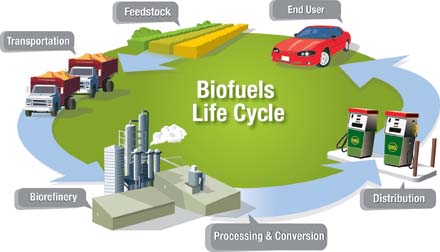

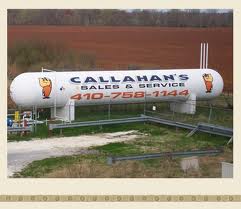
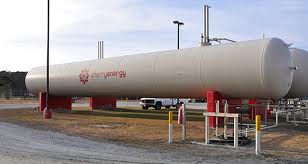
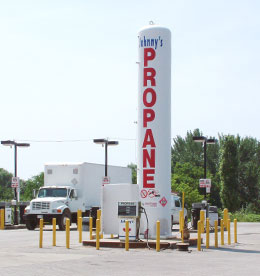
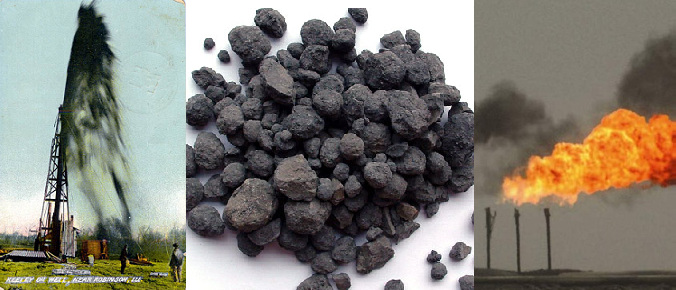

 RSS Feed
RSS Feed